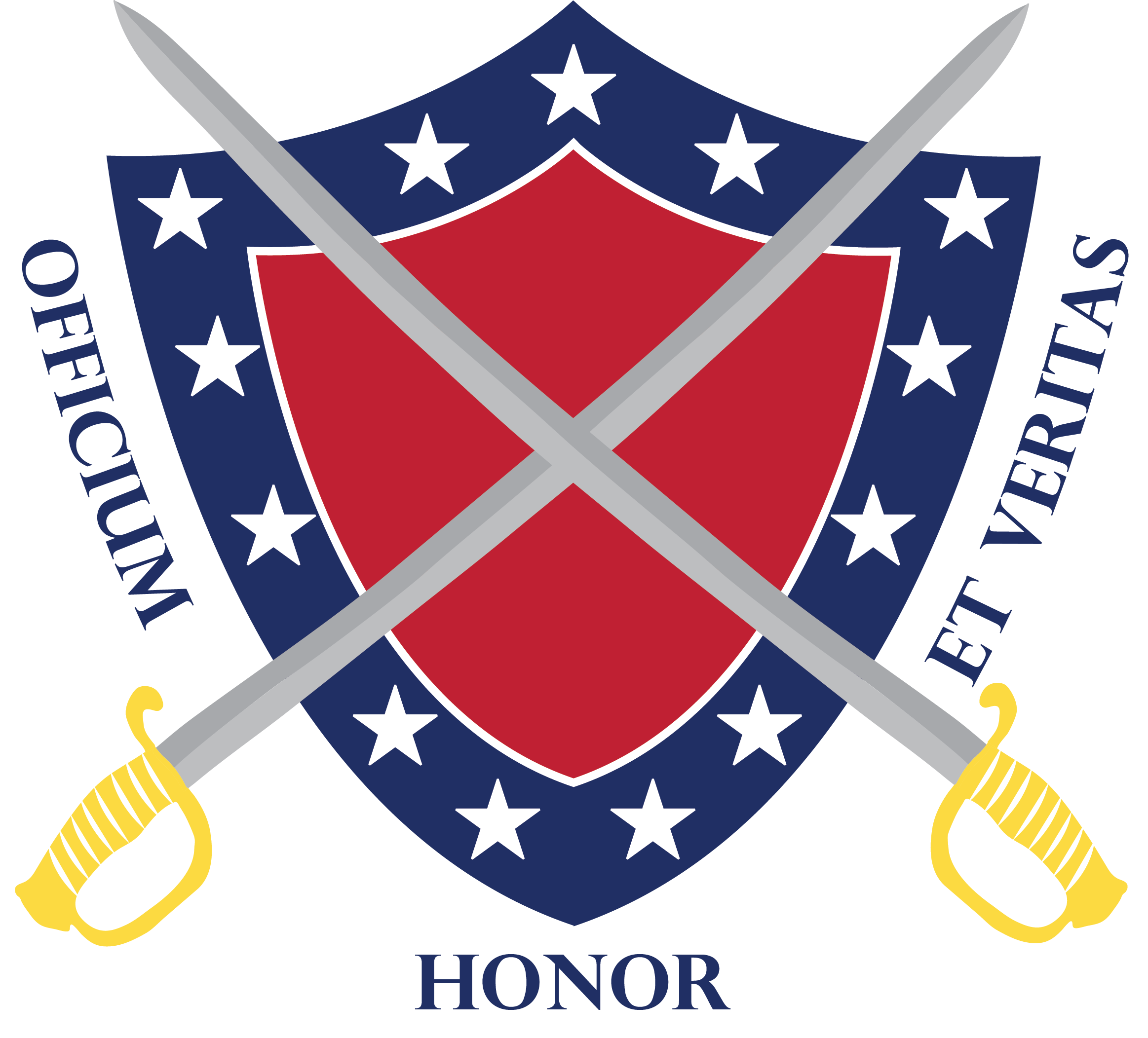
Custer’s Faulty Intelligence
Many have wondered at the results of Custer’s Last Stand against the Sioux and other Indians. You may well find as many different opinions on that as you do writers. One thing I heard, though, at the visitor center at the Custer battlefield was that the intelligence that Custer had concerning the number of hostiles he was up against was faulty. The book “Son of The Morning Star” by Evan S. Connell seems to bear some of that out.
Revised History – Custer’s Faulty Intelligence PDF
Many have wondered at the results of Custer’s Last Stand against the Sioux and other Indians. You may well find as many different opinions on that as you do writers. One thing I heard, though, at the visitor center at the Custer battlefield was that the intelligence that Custer had concerning the number of hostiles he was up against was faulty. The book “Son of The Morning Star” by Evan S. Connell seems to bear some of that out.
On page 263 it was noted that: ‘The size of the hostile village seems to have worried Custer. Before leaving the Yellowstone, he was told by Crow scouts that it was unusually large. Furthermore, he had reason to suspect that the modest estimates that Terry got from headquarter might be inaccurate.”
The quote continued: “A more serious discrepancy occurred because many warriors had slipped away from the reservations to join Sitting Bull, although their absence was not reported by reservation agents. The reason these defectors went unreported was good old Yankee avarice; Agents profited according to the number of Indians on the reservation. Which is to say, an agent foolish enough to report a decrease in population was taking a bite out of his own paycheck.” So, part of Custer’s problem may well have been good old Yankee greed.
Mr. Connell noted: “So it went. Falsified information trickled down through the bureaucracy, eventually reaching armies in the field, and Custer had been told to expect 1500 warriors. Accordingly, this is what he told his subordinates, although the sense of depression seems to reflect the gravity of his doubts.” Just maybe, at this point, Custer was beginning to feel as if he’d been had. Not entirely inaccurate.
His Ree (Arikara) scouts did not want him to follow the Sioux. It was as if they had a premonition what the result would be. Despite all this, Custer seems to have overlooked it, even with his mown reservations.
The author observed: “Thus, chaperoned by Lady Luck, Custer advanced. At worst, by assaulting this this congregation of feathered savages he would lose his life and the lives of everybody that followed him. A less disagreeable script included failure, accompanied by the humiliating necessity of defending himself until Gibbon and Terry arrived. But a third possibility must have obscured such lugubrious thoughts. The third possibility foresaw his regiment scattering the most dangerous horde of Indians ever gathered on the American continent. If that should be so, then he–George Armstrong Custer–would ride in triumph through the streets of Washington like Alexander through Persia.”
My own opinion is that Custer wanted to be president. And he hoped that if this battle somehow went his way it would put that plum in his lap.
I don’t think the “powers that be” at that point in Washington would have let that happen. Custer was too much of a loose cannon and they already have their agenda lined up and were not about to let Custer mess it up. The Deep State, in any century, does not like outsiders, and works to keep them outside in the cold and away from the reins of power. It has done the same in the 21st century with Trump and Ron Paul and did it in 1964 with Goldwater.
And I must wonder if the faulty intelligence Custer received before the battle had anything to do with that.
